| Structure | Name/CAS No. | Articles |
|---|---|---|
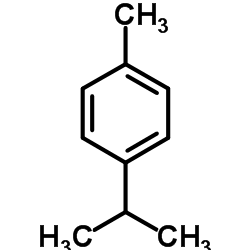 |
p-cymene
CAS:99-87-6 |
|
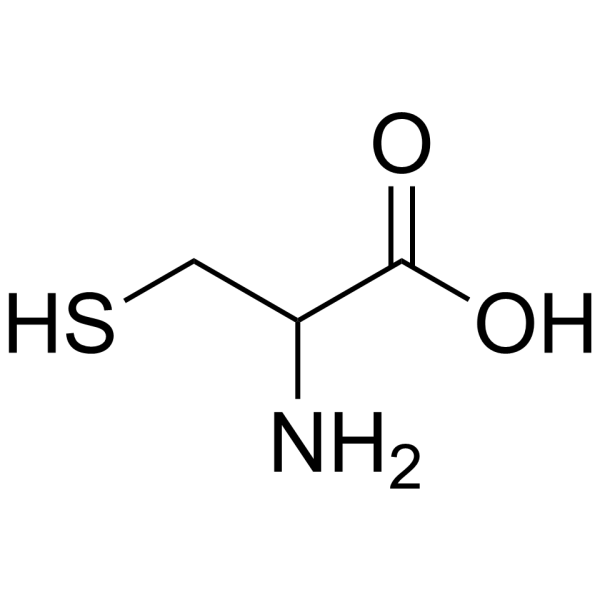 |
DL-CYSTEINE (1-13C)
CAS:3374-22-9 |
|
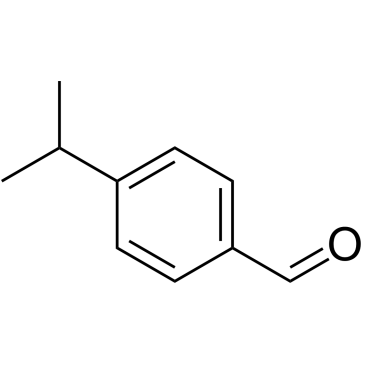 |
4-Isopropylbenzaldehyde
CAS:122-03-2 |
|
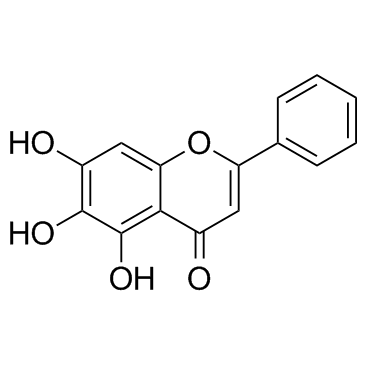 |
Baicalein
CAS:491-67-8 |
|
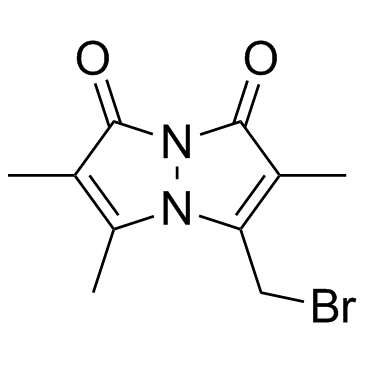 |
Bromobimane
CAS:71418-44-5 |
|
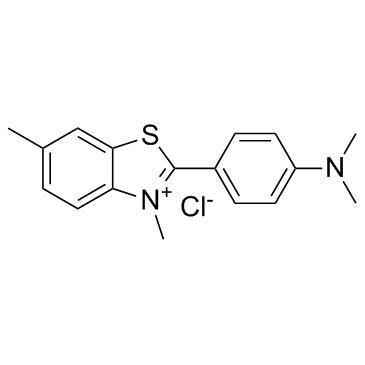 |
Thioflavine T
CAS:2390-54-7 |
|
 |
DL-Methionine
CAS:59-51-8 |
|
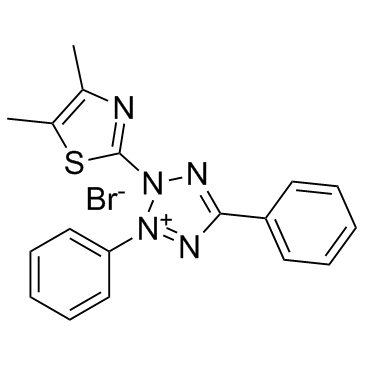 |
Thiazolyl Blue
CAS:298-93-1 |
|
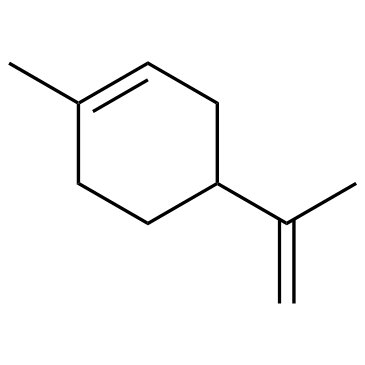 |
limonene
CAS:138-86-3 |